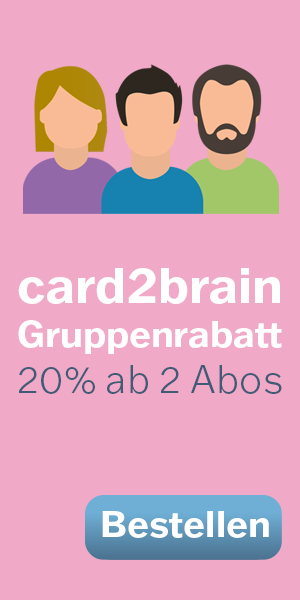Motor Learning and Rythmic Activity
Chapter 1 Classification of Motor Skills
Chapter 1 Classification of Motor Skills
Kartei Details
| Karten | 17 |
|---|---|
| Sprache | English |
| Kategorie | Physik |
| Stufe | Universität |
| Erstellt / Aktualisiert | 01.09.2016 / 19.09.2016 |
| Weblink |
https://card2brain.ch/box/motor_learning_and_rythmic_activity
|
| Einbinden |
<iframe src="https://card2brain.ch/box/motor_learning_and_rythmic_activity/embed" width="780" height="150" scrolling="no" frameborder="0"></iframe>
|
Lernkarteien erstellen oder kopieren
Mit einem Upgrade kannst du unlimitiert Lernkarteien erstellen oder kopieren und viele Zusatzfunktionen mehr nutzen.
Melde dich an, um alle Karten zu sehen.
Motor Skills
Activities or tasks that require voluntary control over movements of the joints and body segments to achieve a goal.
Motor Learning
the acquisition of motor skills, the performance enhanement of learned or highly experienced motor skills, or the reacquisition of skills that are difficult to perform or cannot be performed because of injury, disease, and the like. Of interest are the behavioral and/or neurological changes that occur as a person learns a motor skill and the variables that influence those changes.
Motor Control
how our neuromuscular system functions to activate and coordinate the muscles and limbs involved in the performance of a motor skill. Researchers may investigate this question while a person is learning a new skill or performing a well-learned or highly exerienced skill.
Motor Development
Human development from infancy to old age with specific interest in issues related to either motor learning or motor control.
Skill
a) an activity or task that had a specific purpose or goal to ahieve
b)an indicator of quality of performance
Three influences on the performece of motor skill
T- task: too easy/ too hard
I- individual: experience, mentality, DNA, self-confidence, age
E- environment: equipment, $, +/- reinforcemtn, distractions, background
Movements
specific patterns of motion among joints and body segments used to accomplish action goals.
Characteristics common to motor skills.
1. There is a goal to achieve
2. the tpe of motor skills of interest in this text are performed voluntarily
3. Motor skill requires movement of joints and body segments to accomplish the goal of the task.
4. They need to be learned, or relearned, in order for person to ahieve the goal of the skill.
Locomotion
is an action that had goal of transporting the body from one location to another.
Gross Motor Skill
a motor skill that requires the use of large musculature to achieve the goal of the skill
ex: walking hopping jumping
Fine Motor Skill
motor skill that requires control of small muscles to achieve the goal of the skill, typically involves eye-hand coordination and requires high degree of precision of hand and finger movement
Ex: Signing a check, buttoning a shirt, typing a word on keyboard
Discrete Motor SKill
a motor skill with clearly defined movement beginning and end points, usually requiring a simple movement
- Ex: fliipping light switch, hitting piano key
Continuous Motor Skill
motor skill with arbitrary movement beginning and end points. Skills usually involve repetitive movements
- Ex: Steering a car, walking, swimming
Serial Motor Skills
a motor skill involving a series of discrete skills
- EX: playing a song on a piano, typing a sentence on keyboard, shifting gears on a standard shift car
Envrionmental Context
the supporting surface, objects, and/or other people or animals involved in the environment in which a skill is performed
Closed Motor Skill
a motor skill performed in a stationary environment where the performer determines when to begin the action.
- Ex: Picking up a cup, buttoning a shirt, shooting a free throw in basketball
Open Motor Skill
a motor skill performed in a moving environment where the feature of the environmental context in motion determines when to begin the action.
- Ex: driving a car, catching a thrown ball, walking on a crowded sidewalk
-
- 1 / 17
-
